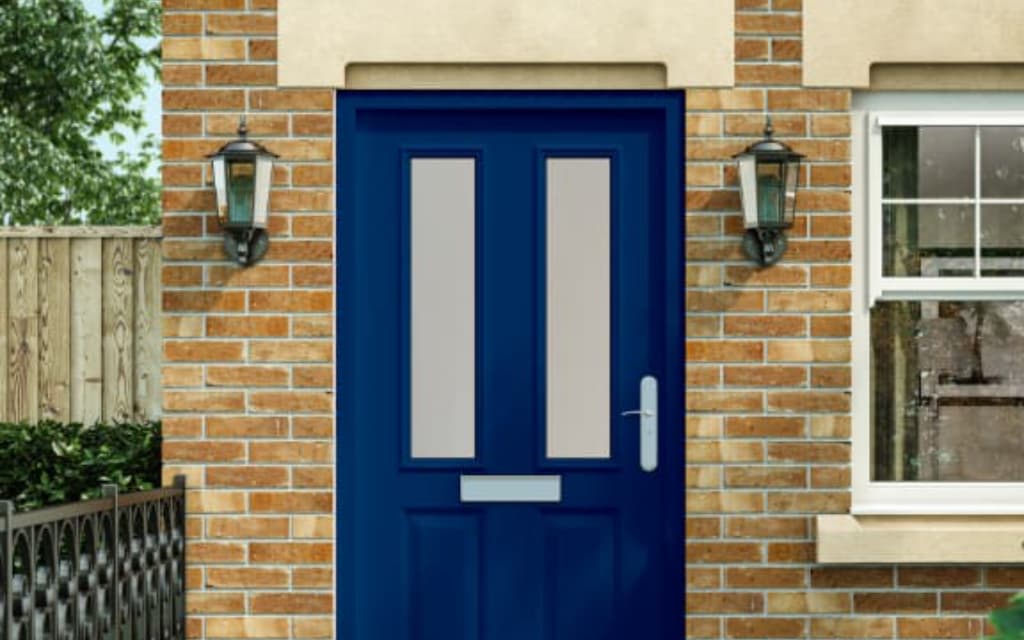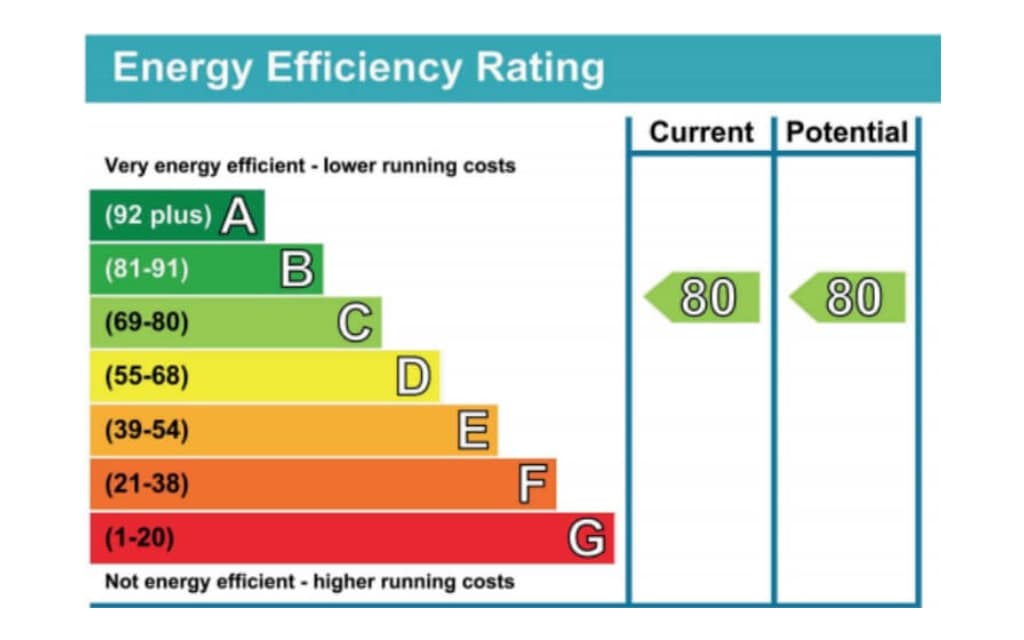PAS24 is the UK’s leading security standard for windows and doors. Read our guide to find out more about what it is and why it’s important.
- What is PAS 24 and why is it important?
- What does PAS stand for?
- What is a PAS 24 certificate?
- Is PAS 24 the same as Secured By Design?
- Is PAS 24 a legal requirement?
- What is Approved Document Q?
- PAS 24 requirements
- The PAS 24 test
- The PAS 24 test for windows
- PAS 24 testing for doors
- Security test
- Reassurance and Security
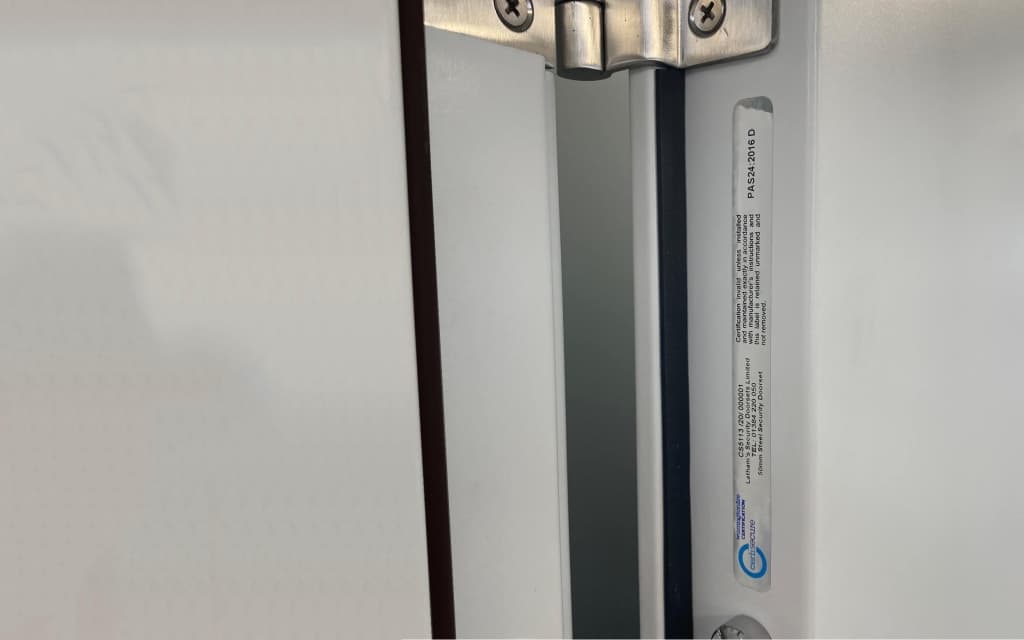
What is PAS 24 and why is it important?
PAS 24 is a security standard that measures the security performance of a door or window in the UK. External windows and door sets intended to offer a home or building a level of security are assessed in rigorous tests, which simulate attacks that a burglar may carry out to gain entry into a home.
The security certification is a minimum standard, which means a product will either pass or fail the tests. Therefore, PAS 24 reassures customers that a product they purchase will protect their homes against the threat of opportunistic criminals. This is why it is such an important British standard for manufacturers to meet. In this blog, we will explore PAS 24, the UK’s leading security standard, in detail and explain why it is so important.
What does PAS stand for?
PAS stands for Product Assessment Specification and is published by BSI, which stands for British Standards Institute. It is awarded to products that have passed the security tests and been assessed for high-security performance levels.
What is a PAS 24 certificate?
A PAS 24 certificate is a document awarded to manufacturers of windows and doors that have met the security standard required for high-level protection from burglars. It means the product has endured the most popular break-in methods used by casual thieves and burglars in the UK and has therefore passed the security tests.
What is the difference between PAS 24: 2012, PAS 24: 2016, and PAS 24: 2022?
PAS 24: 2022 is the current standard and came into effect in October 2022, and supersedes the previous PAS 24: 2016 and PAS 24: 2012, which are both now withdrawn. BSI has fully revised the standard and it’s been brought up to date with current criminal practice by incorporating new tools and test methods.
Is there a difference between ‘tested to’ and ‘certified to’?
When a product has been certified to PAS24, you can be assured that a door or window is monitored by a UKAS-accredited certification body to ensure it is compliant with PAS24:2022.
How can I check my product has a PAS 24 certification?
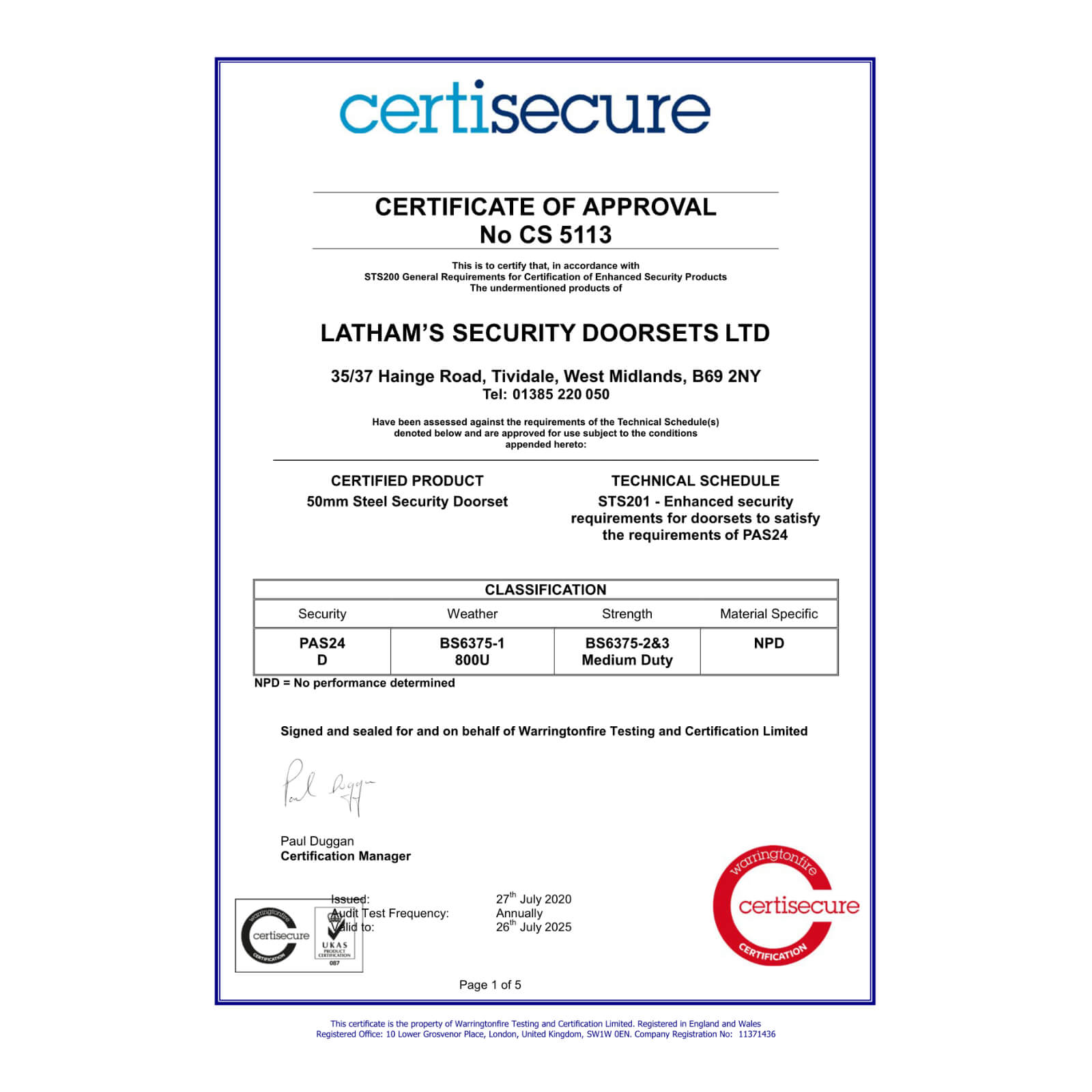
If you wish to check that a window or door set has PAS 24 certification before purchasing it, the manufacturer should be able to provide a PAS 24 certification document. A professional company should have this information on hand.
Is PAS 24 the same as Secured By Design?
PAS 24 is often mistaken for Secured By Design (SBD). Both are accreditations that test and certify that products meet security standards, however, they are different British standards. Secured by Design is a police security initiative, operated on behalf of the UK Police. Like PAS 24, its objective is to ensure that products will help to keep homeowners safe. Products must be certified by the PAS 24 accreditation before they are considered by Secured by Design, which highlights the importance of a product having a PAS 24 accreditation.
Is PAS 24 a legal requirement?
PAS 24 is a legal requirement for new build properties. To comply with current building regulations, it is required that all new builds must provide evidence that doors and windows have passed the security aspects of PAS 24. Commercial buildings do not require PAS 24, but may still need to meet Secured by Design.
What is Approved Document Q?
Approved Document Q lays out a set of building regulations regarding the security of new homes. The regulations ensure that all entry points, such as a door or window, provide a certain level of security against potential intruders. The standards set out in the document came into force in October 2015, and apply to any new building that is going to be used as a residential dwelling.
How does PAS 24 relate to Document Q?
Any door that is marketed as compliant with Approved Document Part Q will have been tested to ensure it meets the requirements of PAS24.
PAS 24 requirements
For a product to be certified with PAS 24:2022, a manufacturer must submit their products to an independent testing company certified by UKAS. To meet the PAS 24 requirements, a door or window should meet the following BSI performance criteria:
| Standard | Part | Classification |
|---|---|---|
| BS 6375 – 1:2015+A1:2016 | Part 1 | Classification for weather tightness and guidance on selection and specification. |
| BS 6375 – 2:2009 | Part 2 | Classification for operation and strength characteristics and guidance on selection and specification. |
| Bs 6375 – 3:2009+A1:2013 | Part 3 | Classification for additional performance characteristics and guidance on selection and specification. |
The PAS 24 test
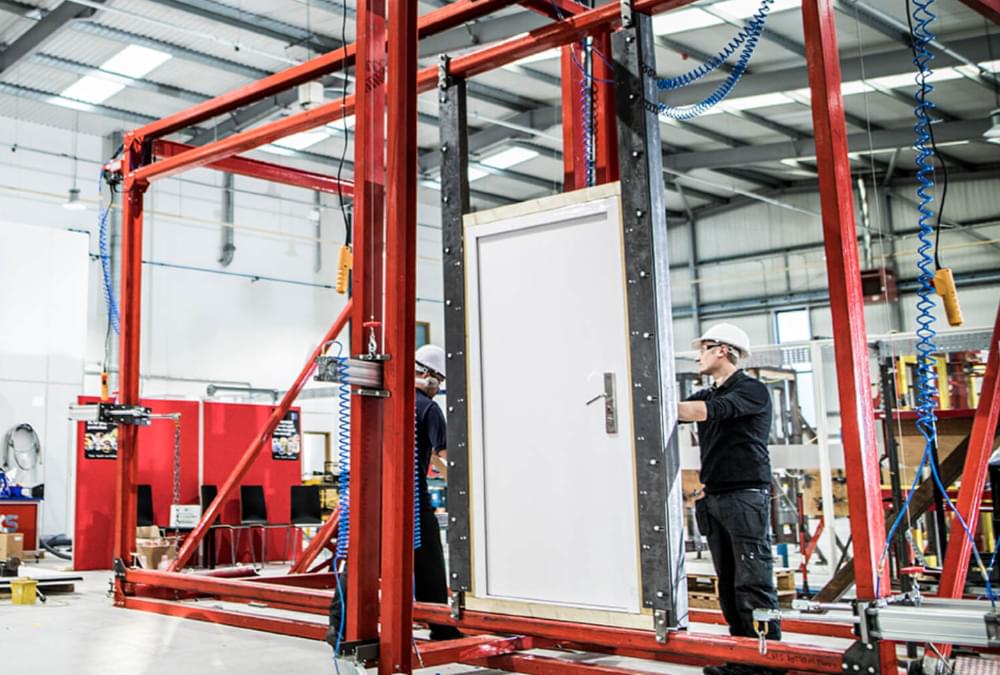
When a product is PAS 24 tested, it will go through a series of demanding tests to assess the door or window as a whole. This provides a customer with the clarity that a finished product certified with PAS 24 offers a high level of security for your home. The window or door will undergo a range of tests carried out by the PAS 24 assessor. These are designed to mimic an attack by an intruder, using tools that are easy to hide. The outcome of the tests highlights the weaknesses and vulnerabilities in the door or window’s design to identify where it could be strengthened. During the PAS 24 test, windows and doors are tested in two key areas – security and weather resistance.
The PAS 24 test for windows
Security Tests
Windows provides an easy point of entry for an opportunistic intruder. A window certified with PAS 24 will have passed the following security tests and will provide sufficient security against burglars.
Glazing Frame Test
Did you know that the corner of a window is the weakest point? During this test, pressure is applied to each of the four corners of the window to test the strength of the glazing bead and the tensile strength of the glazing itself.
Mechanical Loading Test
This test mimics the action of a would-be intruder who is trying to prise open the window. It tests the strength of the profile pieces along with the locking mechanisms and other security features. The mechanical loading test increases the force even further to 300kg, which is applied at a 90-degree angle to each piece of hardware. The machine pulls the edges in opposite directions with a series of hooks whilst also pushing on the opening sash with a hydraulic press. A 100kg hydraulic force is then used to press against the frame to check the window hasn’t been weakened by the 300kg force.
Manual Test
An engineer is given 15 minutes to attempt to break the window frame, using a combination of tools to test for vulnerable areas of the frame. The manual test enables the engineer to try and break into all areas of the window frame to ensure all parts have been tested and to identify any vulnerabilities.
Weather Resistance Test
To check how well a window will withstand different types of weather, the window is placed in a pressure chamber where a variety of levels of air pressure is put on the opening sash to imitate wind pressure pressing against the glazing. To test for water tightness and leakages, the window is sprayed to the exterior face with a water jet.
PAS 24 testing for doors
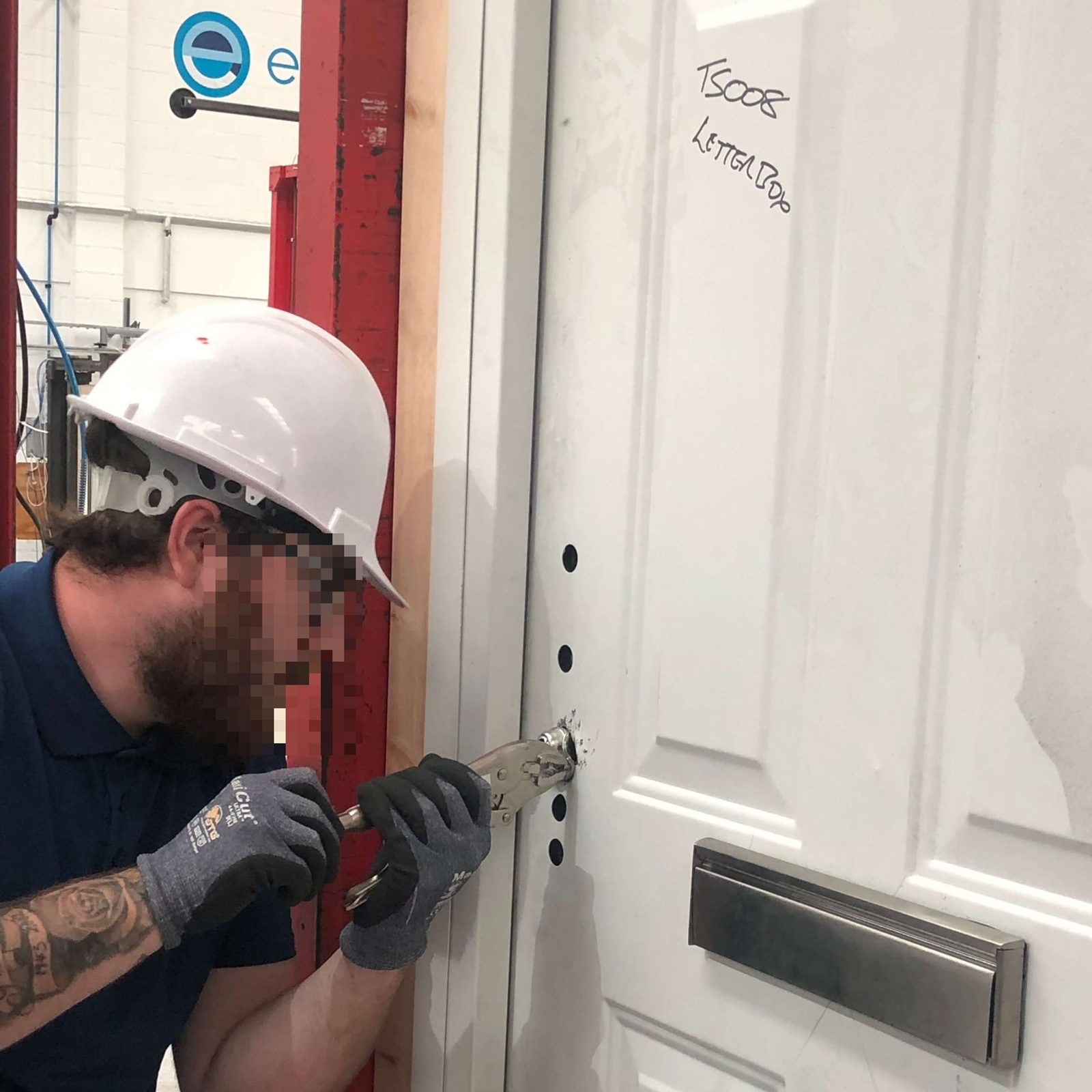
Like windows, doors are a popular point of entry for burglars to attempt to break into. It is vital to have a door that will hold up against these attempts to gain entry into your home. A door that is certified with PAS 24, will have passed the following rigorous tests.
Security test
Mechanical loading test
This test replicates an intruder trying to prise open the door and tests the strength of the profile pieces, the locking mechanism, and other security features. 450kg of force is applied at 90 degrees to each piece of hardware. The edges are pulled in opposite directions with a series of hooks and pushed on the opening on the sash with a hydraulic press. To check for vulnerable areas of the door, multiple points on the door are checked this way. The force is applied over a 20-30 second period without shock force and then followed by a further 100kg force from the hydraulic press to push against the already tested frame.
Solid impact test
This test is to check the door’s resistance to shock forces. This is done with a sand-filled leather bag weighing 30kg and being dropped in a pendulum motion three times against the door. The shock of the sandbag replicates the door being struck with a sudden force across a wide area of the door to test the door’s shock resistance. The bag is dropped from 800mm higher than its resting position.
Hard impact test
This test is designed to test the door’s individual part’s resistance to shock forces. During this test, a metal battering ram on a pendulum is pulled back and released three times. The shock of the ram replicates the door being struck with a strenuous force. The ram weighs 50kg and is dropped from a set height of 800mm higher than its resting position
Manual test
Through a simulated break-in, an engineer is given 15 minutes to test the strength and security of the door and lock cylinder. The engineer uses the most common lock-breaking methods in the UK, including mole gripping to test the strength of the lock. A manual intervention test is then used which gives the engineer 15 minutes to break into the door with tools listed by BSI.
A cut-through tool is used to see if the blade can make a hole in a door. Two zones of the door are tested – anywhere on the door within 400mm vertically on either side of the lock and zone two is everywhere else on the door. Each test lasts for three minutes and the door will fail the test if the blade makes a hole bigger than 50mm in diameter.
Weather resistance test
The door is placed in a pressure chamber where different levels of air pressure are pressed on the opening sash to recreate wind pressure pressing against the door. The door is then tested for water tightness. This is done by spraying the exterior face with a jet of water and checking for leakages.
Reassurance and Security
In conclusion, a product with a PAS 24 certification will reassure consumers that a door or window will provide security for their home. Knowing the product has passed these rigorous tests illustrates how much a product will withstand.


